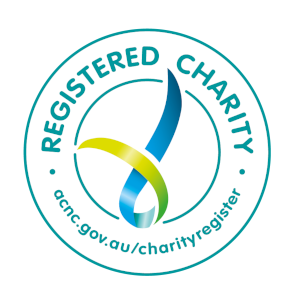Yesterday, a new report by the Australian Institute of Health and Welfare (AIHW) was published which discusses the health, well-being, employment, education and social inclusiveness and connectedness of people with disability living in Australia today.
The report, People with disability in Australia, brings together information from a range of major data sources to enhance the picture of what is known about people with disability in Australia. It covers multiple life areas such as education, health, social support and employment.
‘About 4.3 million (nearly 1 in 5) Australians have some level of disability and 51% of older people aged 65 and over are living with a disability,’ said AIHW spokesperson Ms Louise York.
‘Knowing how many Australians have a disability, and their characteristics can improve our understanding of how the experiences of people with disability vary.
‘It can also help with the planning and provision of supports and services that enable people with disability to participate fully in everyday life.’
Some interesting statistics
-
For 4 in 5 people with disability, their main form of disability is physical—such as back problems, hearing loss, stroke, cerebral palsy and multiple sclerosis. For the remaining 1 in 5 people, their main form of disability is mental or behavioural—such as intellectual disability, dementia, anxiety and depression.
-
Almost 1 in 3 (32%) people with disability have a severe or profound disability.
-
Two fifths (42%) of Australians with disability rate their health as ‘fair or poor’, compared with 7% for those without a disability.
-
Most (87%) people with disability who need formal assistance with at least one activity receive some support. The majority of these are satisfied with the quality of service (85%) and the range of services available (74%).
The Australian Human Rights Commission (AHRC) receives more complaints about disability discrimination each year than about any other form of discrimination. ‘People who have experienced disability discrimination are more likely to report poor health, be unemployed and have a lower level of income,’ Ms York said.
A delegation of six people with disability from Australia is attending the UN Committee's review of Australia's progress in implementing the Convention on the Rights of Persons with Disabilities (CRPD) in Geneva, Switzerland next week (12th and 13th September 2019) to voice their opinions on the state of disability rights in Australia today.
This is the AIHW’s first comprehensive report on the experiences of people with disability in Australia. It highlights the need for a deeper understanding of the issues facing people with disability and offers suggestions to help fill information gaps.
‘People with disability have varied needs for mainstream and specialist disability services,’ Ms York said.
‘A relatively small proportion of this group will participate in the National Disability Insurance Scheme or receive the Disability Support Pension but all will come into contact with mainstream services. A key gap is... information about what services people with disability use, across mainstream and specialist areas, and how coordinated, timely and effective they are’.
This gap has previously been identified by the Shut Out Report (2012) and is why a national Disability Information Gateway, as promised by the Morrisson Government, is so important. More than 90% of people with disabilities do not fit into the framework of the NDIS. These people need access to services and supports and to accurate and independent information.



